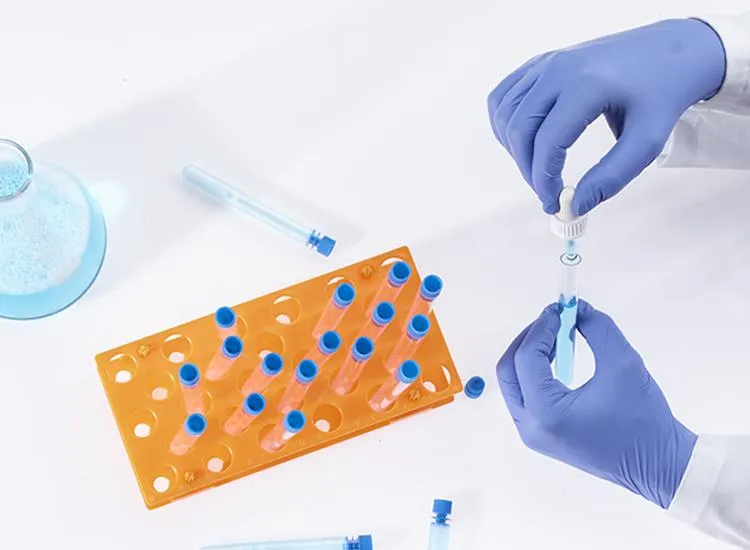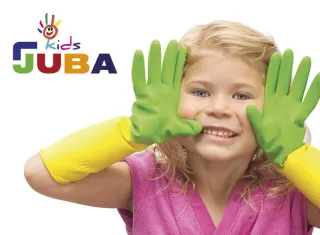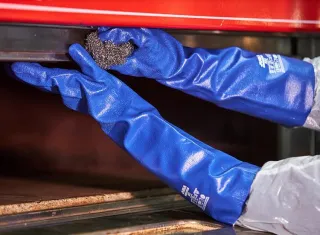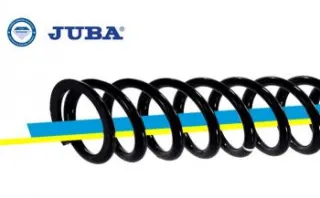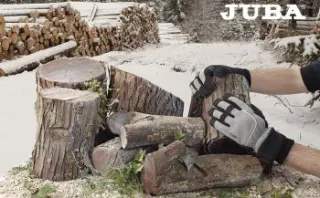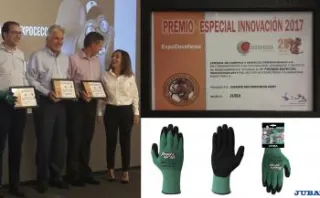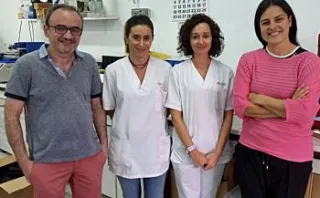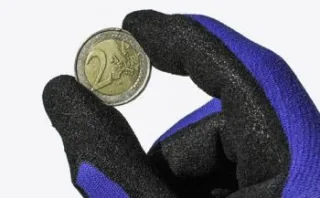News
Work gloves - Cold special
Several jobs inevitably imply exposing our hands to the cold. This can lead to a variety of injuries or diseases, some very serious, if the right measures are not taken.
Standards
The UNE-EN 511:2006 standard specifies requirements and test methods for work gloves that protect our hands against convective and conductive cold down to -50 °C.
Marking
All gloves should be marked with this pictogram (picture on the right), distinguishing insulation levels for convective cold (a), contact cold (b) and water penetration (c).
Types of jobs that require cold protection gloves:
- Jobs in cold chambers: including chambers that keep food fresh between 2°C and 8°C and others that freeze food below -25°C, etc.
- Open air jobs: farming, road maintenance, airport ground crew... night shifts (fishermen, security staff, etc.) or working at a considerable height (vertical work, etc.), etc.
- Indoor work with no heating: particularly if this is sedentary work, such as security staff guarding the inside of a factory, work sitting down, etc.
- Jobs in contact with cold water or handling wet and/or cold objects, such as fishermen, working on oil platforms, handling frozen food, assembling metal components, etc. For jobs where hands must be protected not only against the cold but also from water, Juba has included items in its catalogue featuring special membranes and 100% watertight work gloves.
Our recommendations:
H260 - New! Work glove with synthetic leather on the palm, an elastane back and a reflective strip across the knuckles. Exclusive packaging in individual wrapping for sales points.
411CFV - Glove made of water-repellent full-grain leather with a Thinsulate® lining (40 g), suitable for temperatures down to -10ºC
6k30 - Robust glove, 100% waterproof. Resistant to salt and chemical products. Gloves with Actifresh® treatment that prevents unpleasant odours and eliminates bacteria caused by sweat plus the Sanitized® treatment that prevents skin irritation.
5658TH - 100% waterproof. Resistant to chemical products. Removable thermal lining inner glove, made out of acrylic looped fabric that maintains hand temperature effectively. Very comfortable, quick dry. Actifresh® treatment that prevents unpleasant odours
5130W - PVC-covered palm with HPT technology (Hydropellent TechnologyTM). The terry-loop fabric inside keeps hand temperature stable when temperatures drop to around 0º C. Suitable for food use according to Regulation 10/2011
CRYOPLUS - Work glove with an inner polyester fleece lining or greater thermal insulation and Porelle® membrane that makes it breathable whilst stopping liquids from penetrating it.
*** By clicking this link, you can access all work gloves in the Juba catalogue offering special cold protection.
13 November 2017
Read more
